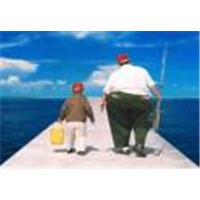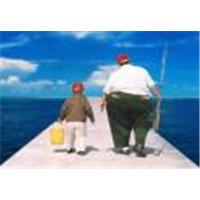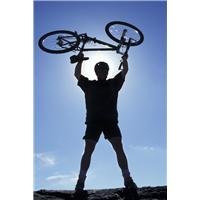
Chicago: Older Americans are richer than ever before and are expected to live far longer than prior generations, a new US government report reveals.
They said the average net worth of older Americans, aged 65 or older, has increased almost 80 percent over the past 20 years.
And those who reach the age of 65 are now expected to live an average of 19 more years, or seven years longer than people who had reached age 65 in the year 1900.
The findings are part a report released on Thursday called Older Americans 2008: Key Indicators of Well-Being, which features data from 15 federal agencies on trends in population, economics and health issues.
“It gives you a status report of the older population,” said Richard Suzman of the National Institute on Aging, a part of the National Institutes of Health.
“We’ve seen significant improvements in poverty. The percent of those with low income has gone down, education has increased, life expectancy has increased,” Suzman said.
“But there are some notes of concern. Obesity has gone up quite significantly. And there are some large disparities. The life expectancy gap between whites and blacks has narrowed but is still large. There is a big wealth gap between whites and blacks,” he said in a telephone interview.
The report forecasts that by 2030, the number of Americans over the age of 65 will nearly double to 71.5 million, or 20 percent of the U.S. population, up from 12 percent, or 37 million people, in 2006.
It found that older adults in the United States are far better educated than prior generations. In 2007, 76 percent of those over 65 had high school diplomas, and at least 19 percent had a bachelor’s degree, up from 24 percent with high school diplomas in 1965 and just 5 percent with bachelor’s degrees.
But much of those gains in education were enjoyed by non-Hispanic whites over the age of 65. Eighty-one percent of non-Hispanic whites age 65 and older had finished high school in 2007, compared with 72 percent of Asians, 58 percent of blacks and only 42 percent of older Hispanics.
And while the proportion of people with incomes below the poverty line fell to 9 percent in 2006, down from 15 percent in 1974, median net worth for households headed by white people aged 65 and older in 2005 was six times that of households headed by blacks.
Not surprisingly, older Americans, like many other groups, are getting fatter, the researchers said. In the 2005-2006 study period, 37 percent of women aged 65 to 74 were obese, and 24 percent of women age 75 and over were obese. This is up from the 1988-1994 study period, when 27 percent of women age 65 to 74 and 19 percent of women age 75 and over were obese.
Despite many studies touting the benefits of exercise, the report found no significant change in the percentage of older people engaged in physical activity between 1997 and 2006.
While the report noted that Americans are living longer than ever before, life expectancy in the United States still lags many other industrialized countries, including Canada, France, Sweden and Japan.
For example, women in Japan who reached the age of 65 in 2003 could expect to live 3.2 years longer than women in the United States. Men in Japan who reached age 65 lived 1.2 years longer than men in the United States.
The full report can be viewed online at www.AgingStats.gov





















